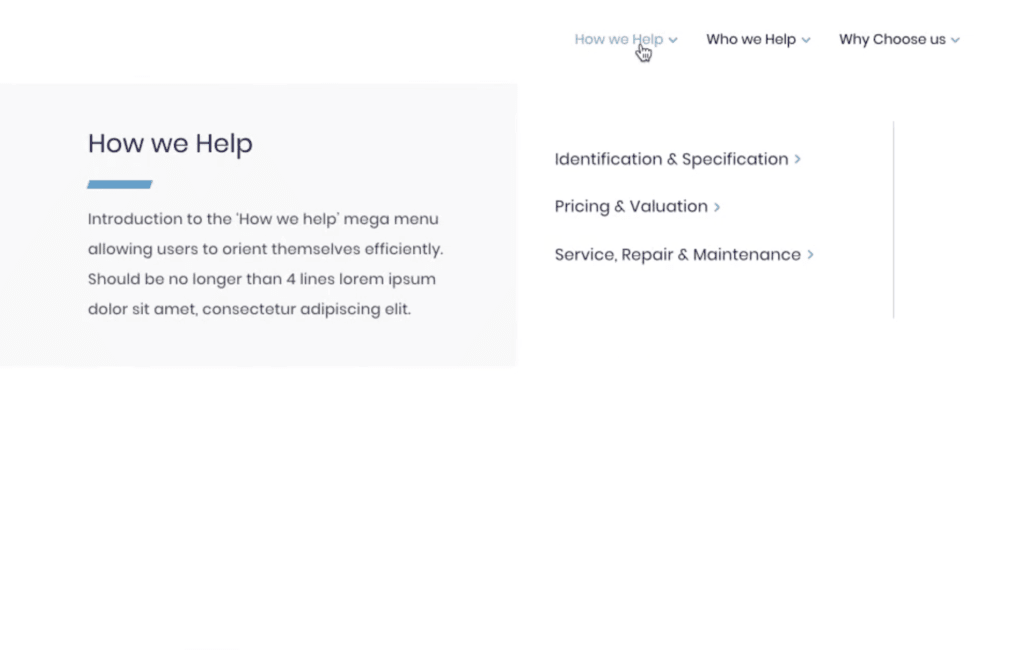Stop starting and start finishing: Why managing WIP works

‘Clearing the decks’ is always easier said than done. I know as project managers, we can be guilty of using the phrase and wanting (longing) for things to be simpler, or for them to be finished quicker.
But why are we all striving to get things done? Or to complete our tasks and to only focus on one thing at a time? Well, it’s because the brain doesn’t actually multitask very well, or at least it doesn’t multitask efficiently. As a result, we aim to get tasks done one after another.
For a quick demonstration of this, try this out:
Go for a walk with a friend (or a member of your household at these socially distanced times!), and when you’re in the flow of the walk, having a chat, suddenly ask them a tricky maths question. For example, 8 x 17 (do make the question appropriate for their level of maths!). Notice what they do. Usually they will stop walking to figure out the answer. This is because the brain functions best when working on one task.
Here’s an exercise you can try to test it out in a wider setting and get a sneak peak at the practicalities behind the theory core to Agile and Kanban ‘stop starting and start finishing’.
‘The Name Game’
So, to play this game you will need:
- Sheets of paper
- Sharpies
- A team of 5 or so people (or teams) and a watch/phone timer for each of them
Before you start, ask: ‘How long does it take, on average, to write a name on a piece of paper?’ I have a lengthier than average name – Rosamund – and I’d guess 3-4 seconds.
Note that down.
Then, choose a worker for the team, everyone else is a customer.
The game is played in three rounds, and the objective for each round is the same: for the worker to write down each customer’s first name on a piece of card.
Round One
The round begins (start the timers) – all the customers shout their names at the worker and record how long it takes for their own name to be written down, and also the overall time it takes for the tasks to be completed.
Then have a quick retrospective – how did the customer feel? Did the customer who shouted the loudest get their work done the fastest? And what about the worker, were they stressed? Did they feel in control of the situation? Was the work they completed as good as it could have been?
Round Two
The set up remains the same. However, instead of shouting names, the writing of the names will be done in a more organised fashion. The worker will write the names one letter at a time. So, if the customers are called Alex, Charlie and Fenella they will write ‘A’ on one sheet of paper, ‘C’ on the next, and ‘F’ on the third, then start again with ‘L’ on the first, ‘H’ on the second etc.
The round is finished when all names are written – and again the customers time how long it took for their names to be written and the overall time for all tasks to be completed.
Have another quick retro – this time there was a semblance of order – but a lot of waste? Has the time gone up between rounds one and two? What could explain that? There would have been time wasted whilst cards were switched, whilst the worker remembered which card they were on now etc.
And how does each party feel? The customers may have felt some semblance of order, but also frustration that the task took so long to complete? The worker likely felt annoyed or frustrated at the lack of completion of tasks, and the overall time taken to finish everything off as they missed the psychological hit of completing a task. By trying to cater to everyone equally we’ve actually done no one’s task efficiently.
Round Three
Again, the set up remains the same.
This time however, the worker decides which names to write & in which order – they communicate this to the customers. They also write the full name before moving on to the next.
As always, the customers record the time taken to complete their task, and the time required overall.
When completed hold your final retro. This time, it’s important to note how the times have improved, it should be a significant difference. This improvement should also be reflected in the way the worker and the customer feel. The customer knew when their work was going to be done, and found that even though they might not have had their work done first, the amount of time taken to complete the work was much faster. The worker will also likely feel more in control, calmer, and clearer on what they had to do and when.
We can look at three simulations above each as a distinct illustration of how some projects/systems are run. Round one represents chaos – tasks being completed depending on whose shouting loudest with no clear process or communication. Although round two is more ordered, its riddled with inefficiency under the guise of being ‘process driven’. Finally round three represents a well organised, self managed system, which is utilising a reasonable WIP (work in progress) limit.
‘Stop starting and start finishing’
So, how does this have a role in project management, and within Agile specifically? Well, we can use the above data to demonstrate the theory, core to Agile and Kanban of ‘stop starting and start finishing’.
Beyond the obvious; the team feels more empowered, the system is clearer and clients know what to expect. Effectively restricting our WIP limit means reduced multi-tasking. And in doing so we can finish work, and deliver faster, better products to clients. Delivering finished products to our clients is how we actually add value. Remember, unfinished work holds no value.
There are lots of ways to limit these WIP limits, techniques to manage it, and ultimately a WIP limit would be a prominent factor (and adhered to!) on your Kanban board.
However, if you’re not running Kanban, that doesn’t matter – following a loose WIP limit and allowing your team to focus on finishing tasks can really improve delivery efficiency.
Some ideas on how to manage and limit your WIP:
- Encourage swarming – have as many people working on an item at a time – as far as possible. This will get the task completed quicker, and therefore add value faster.
- Encourage small work items – do you know how to eat an elephant? One bite at a time! Break your big items down to smaller tasks, again this will provide value earlier.
- Focus on finishing – after all you’ve just read, this may seem obvious but, get the thing finished! It adds value and then allows a new work item to begin.
There’s so much more you can read or talk about for WIP limit: queueing theory, Little’s Law, visualising and managing flow, equations for cycle time, lead time and delivery rate.
But for now, I’d encourage you to think about the items on your to do list or what we’ve shared with the team to get done, and consider whether your systems are concentrating on finishing, or starting.

Guide: How to set up a MacBook ready for a WordPress developer?

Internal day: June 2020
Let's Talk
Do you have a web design and build project coming up that you would like to talk about?